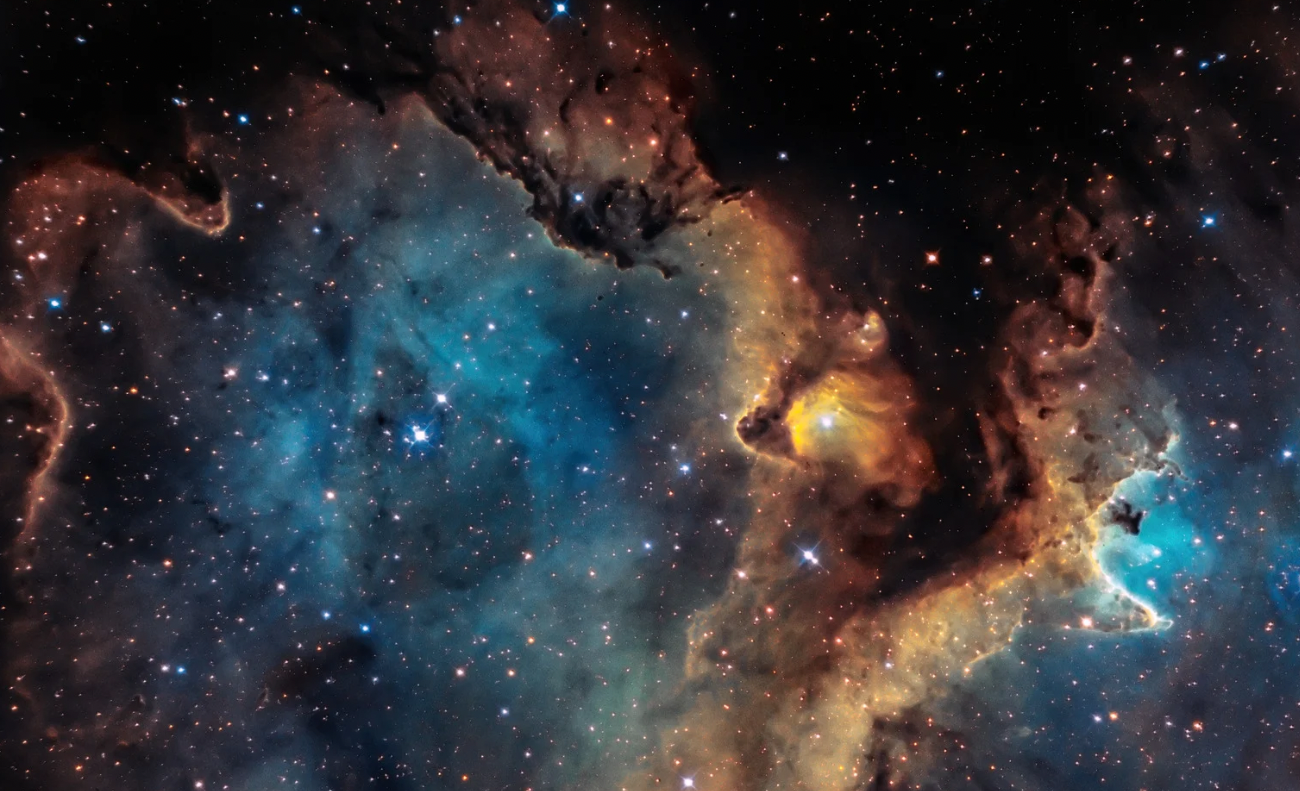
James Webb Telescope To Lead To Lifeform’s Emergence
The James Webb Space Telescope (JWST) is a large, infrared telescope set to launch in late 2021. It is the successor to the Hubble Space Telescope and is expected to revolutionize our understanding of the universe.
One of the main advantages of JWST is its ability to observe in the infrared spectrum. Infrared light can penetrate dust and gas that would obscure visible light, allowing scientists to see deeper into space and study objects that were previously hidden. This will enable scientists to study the first stars and galaxies that formed after the Big Bang, as well as study the atmospheres of exoplanets in detail.
JWST is also much larger than Hubble, with a primary mirror that is 6.5 meters in diameter, compared to Hubble’s 2.4-meter mirror. This larger size will allow JWST to gather more light, making it much more sensitive than Hubble. Additionally, JWST will be positioned at a location known as the second Lagrange point (L2), which is approximately 1.5 million kilometers from Earth. This location will provide a stable and unobstructed view of the sky.
However, building and launching JWST has been a challenging and expensive endeavor. The project has faced numerous delays and cost overruns, with the total cost estimated to be around $10 billion. Despite these challenges, the scientific potential of JWST is immense, and it is expected to make groundbreaking discoveries in a wide range of areas, including the study of exoplanets, star formation, and the evolution of galaxies.
Scientists believe the information in the star’s dust, which was recorded by NASA’s telescope in a “stunning” image of a star bursting, may help us learn more about our origins.
The Cassiopeia A supernova remnant, often known as Cas A, is the youngest relic of an exploding star in our galaxy, offering what scientists call a “unique” learning opportunity. It was spotted 340 years ago from Earth.
